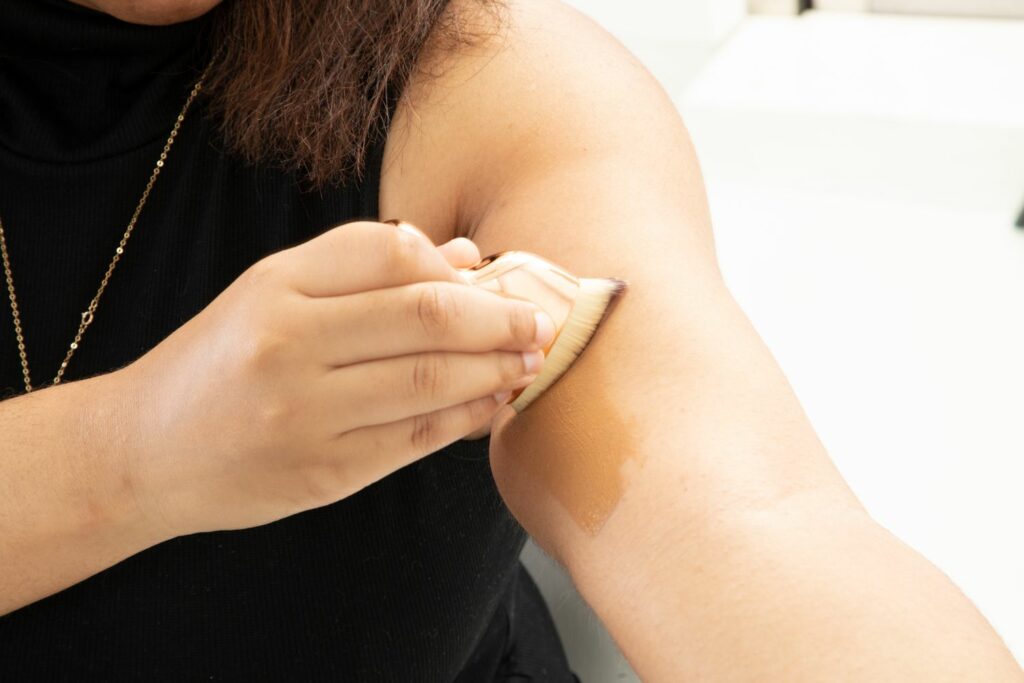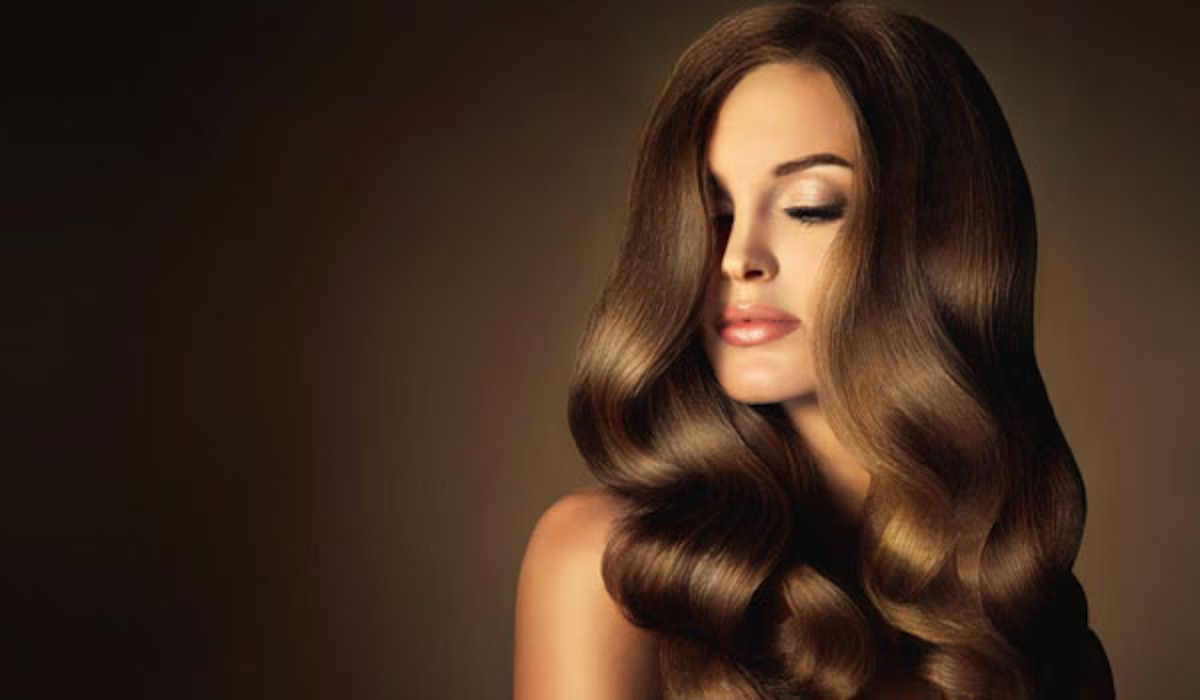
Expressive Expression Canvas
Tattoos are powerful signs of art and identity etched onto our skins, yet sometimes we need them covered temporarily for job interviews, special events, or simply trying out something different. Makeup offers the ideal combination of artistry and practicality as a skillful solution that conceals tattoos without altering their essence.
Chapter 1: Selecting Appropriate Tools for Any Task
Correctors and Concealers
Finding an appropriate concealer to cover your tattoo can be the key to its effective concealment. A highly pigmented, long-wearing concealer which complements your skin tone should do. Color correctors may help neutralize any hues present in the tattoo design that have bright hues.
Primer for Smooth Canvases (Creating A Smooth Background )
Primer helps create an even surface, helping makeup adhere well and remain in place throughout the day. Choose one suitable for your skin type – perhaps one which hydrates, mattifies or fills pores.
Chapter 2 : Mastering Technique
Layering: the Key to Seamless Coverage
Acchieve flawless coverage requires applying several thin coats of concealer over time – rather than applying all at once, build up gradually for natural-looking coverage that also prevents caking or creasing of makeup.
Blending: the Art of Seamless Transitions
Blending is key for creating a natural-looking finish, so use makeup sponges, brushes or your fingertips to blend concealer seamlessly into surrounding skin and especially at tattoo edges to ensure a seamless transition.
Chapter 3 : Color Matching and Customization
Perfecting Your Match Acknowledging the importance of selecting a concealer shade suitable to your skin tone, you may require experimentation in order to find your ideal hue. While some individuals might like their concealer exactly matching their foundation shade, others might choose for something lighter or darker depending on their desired look.
Customization with Special Effects Makeup
Special effects makeup offers endless creative potential. Experiment with different color palettes, stencils and techniques to craft unique designs that either seamlessly merge into the skin’s surface or transform a tattoo into works of art.

Chapter 4 : Establishing Longevity Strategies
Setting Powders and Sprays
Setting is crucial when creating your masterpiece. Apply translucent setting powder generously across any concealed areas to avoid smudging and create a matte finish, and consider adding an additional protective measure such as setting spray if sweaty conditions or humid climates exist.
Enhance Your Longevity Through Touch-Up Tips
Maintaining excellent coverage may require touch-ups throughout the day to protect areas vulnerable to friction. Keep a small makeup kit handy to quickly apply touch-ups as necessary and guarantee your hidden tattoo remains looking its best!
Chapter 5 : Removing Makeup Canvases
Gentle Cleansing to Give you a Fresh Start
At the end of every day, it’s essential to remove makeup carefully to maintain healthy skin. A gentle oil-based cleanser will break down makeup without harsh scrubbing while your regular skincare regime should then nourish and soothe it further.
Conclusion: Revealing or Concealing Are Your Choices
Makeup artistry provides endless possibilities when it comes to covering tattoos – be it forever embracing it proudly, temporarily hiding it for special events or temporarily covering up an inkblotch for special events – using these creative methods allows for maximum self-expression. This guide shows how these powerful techniques can empower individuals take control of their self-expression through artful self-expression techniques that take control of themselves.
Keep this in mind: makeup should not just be used to hide imperfections; rather it can serve as an artistic form of self-expression and transformation on the canvas of skin. So whether bringing out vibrant tattoo colours, or skillfully concealing them for the day – use makeup as an artistic form and allow it to transform you.








